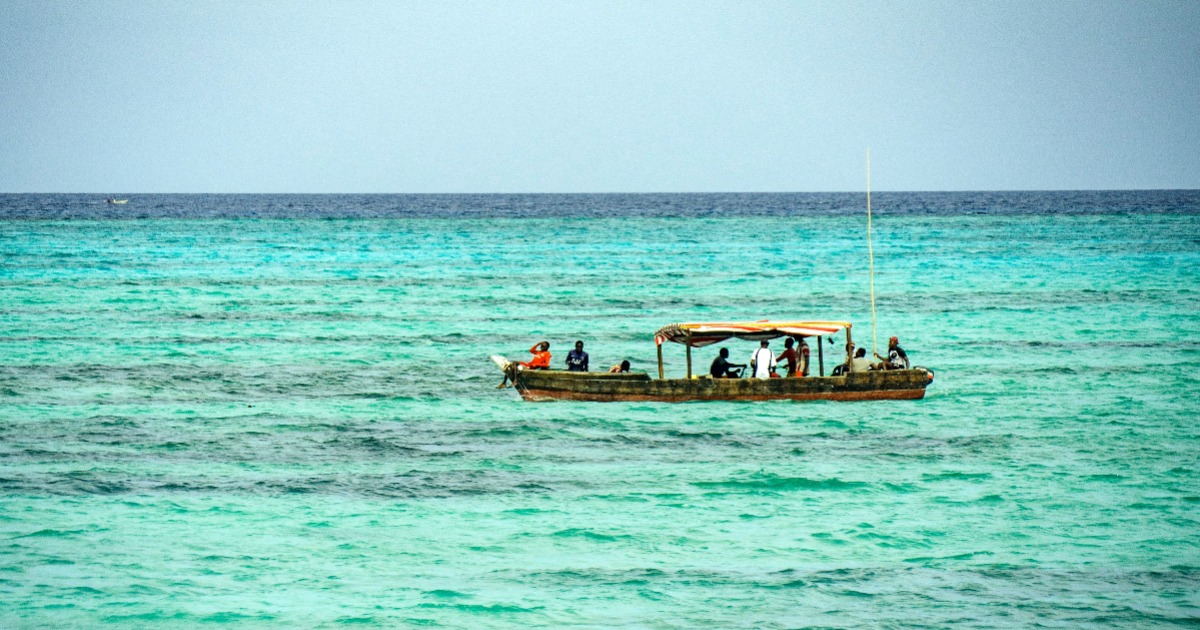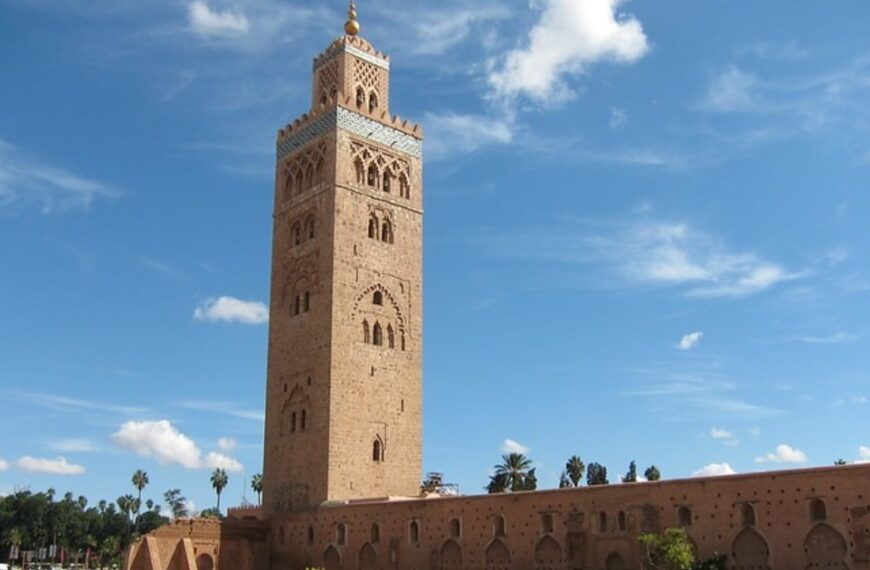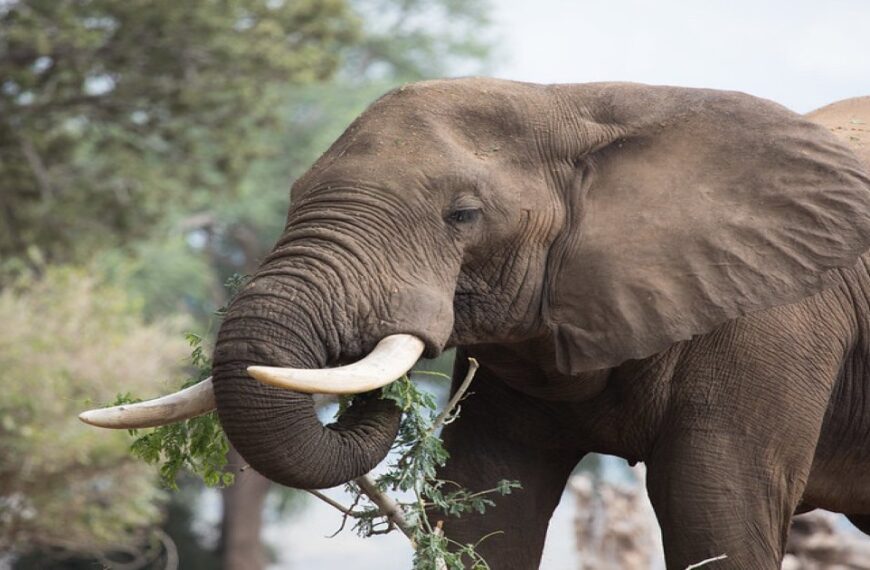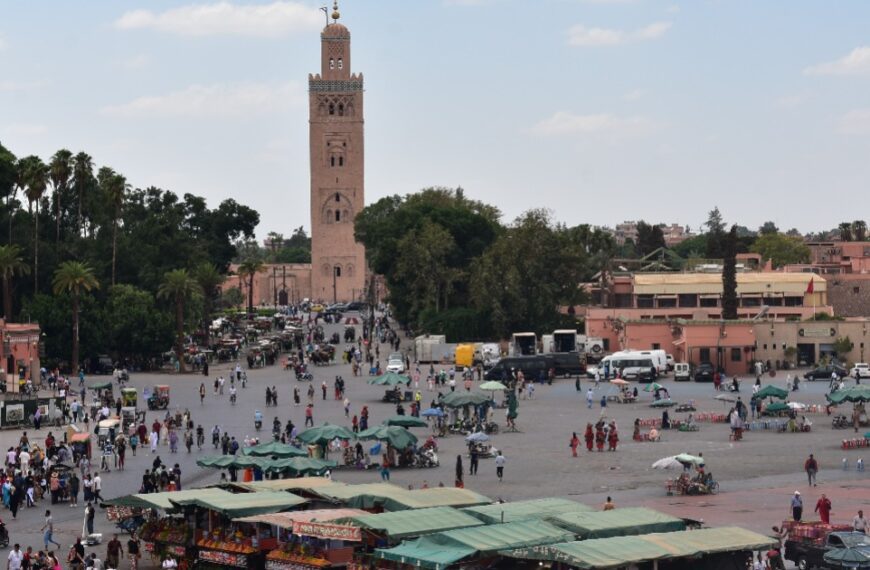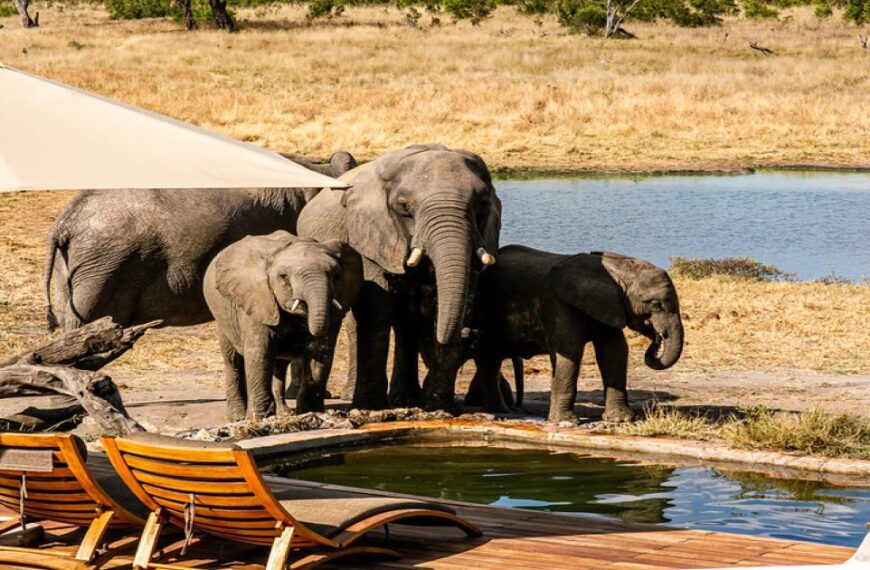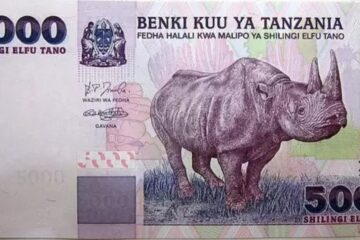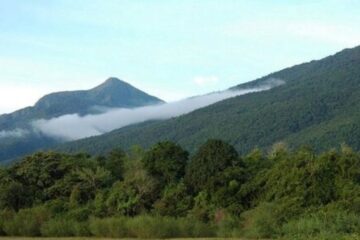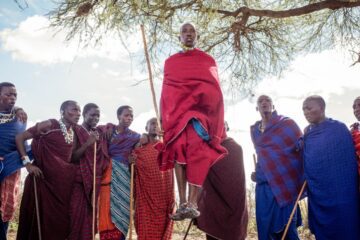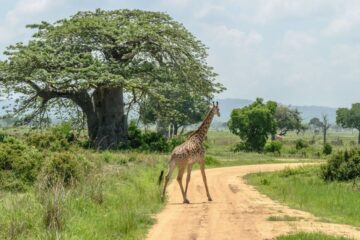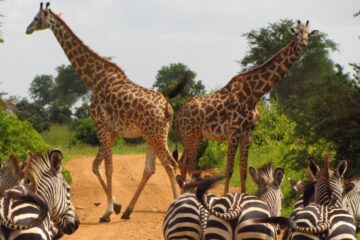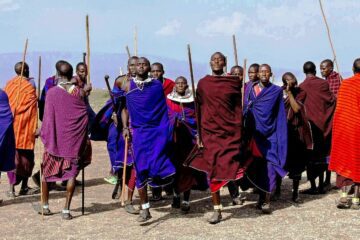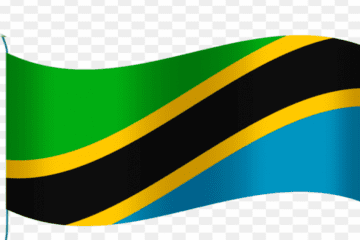Tanzania is an East African nation known for its vast wildlife and stunning landscapes. It has become increasingly popular as a tourist destination, with travelers drawn to the unique cultural experiences on offer in this vibrant country. This article will explore the best time to visit Tanzania in 2023 and 2024, considering factors such as climate, cost of travel, and availability of accommodation.
Tanzania’s diverse geography makes it an ideal location for nature lovers looking to enjoy activities like safaris or beach holidays, while also providing plenty of opportunities for urban exploration in cities like Dar es Salaam and Zanzibar. In addition, visitors can experience traditional Tanzanian culture through local markets, festivals, and music events. With careful planning, tourists can take advantage of these attractions at their peak times to get the most out of their trip.
January – April: The Best Time To Go On Safari
Tanzania is known for its incredible safari experiences, and the best time to go on safari in Tanzania is from January to April. During this period, the weather is dry, temperatures are milder and more comfortable for wildlife spotting. The days tend to be clear and sunny, making it an ideal time for bird watching.
Camping trips can also be enjoyed during these months as nights are cooler with less humidity. Cultural experiences such as visits to local villages provide a chance to learn about Tanzanian life first-hand while interactions with Maasai people create lasting memories of the visit. Diving trips offer spectacular views of coral reefs inhabited by various sea species – including turtles and manta rays – which can be seen year round but especially during this time frame due to calmer seas and higher visibility underwater.
The abundance of activities available make this season one of the most popular times of year for visitors coming to explore Tanzania’s beauty and diversity
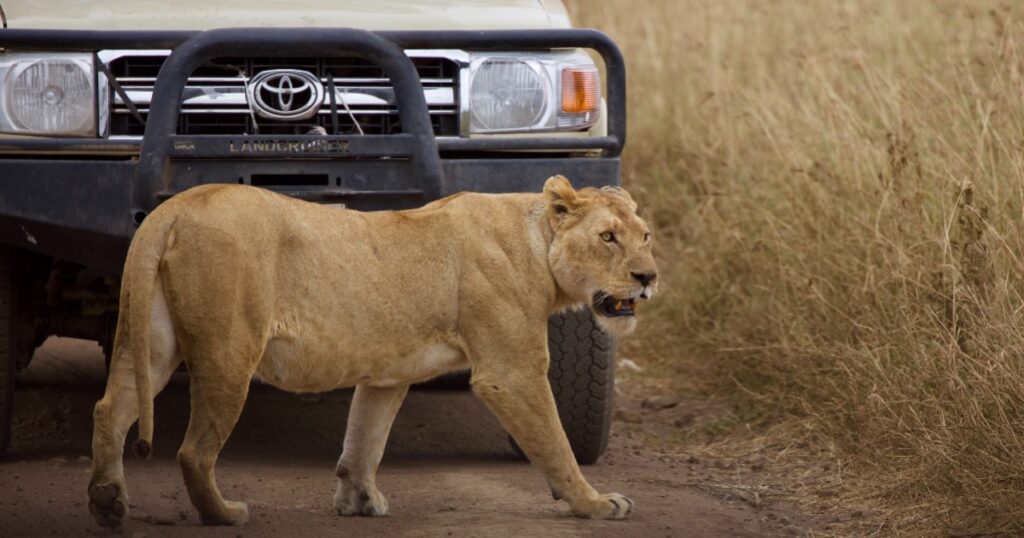
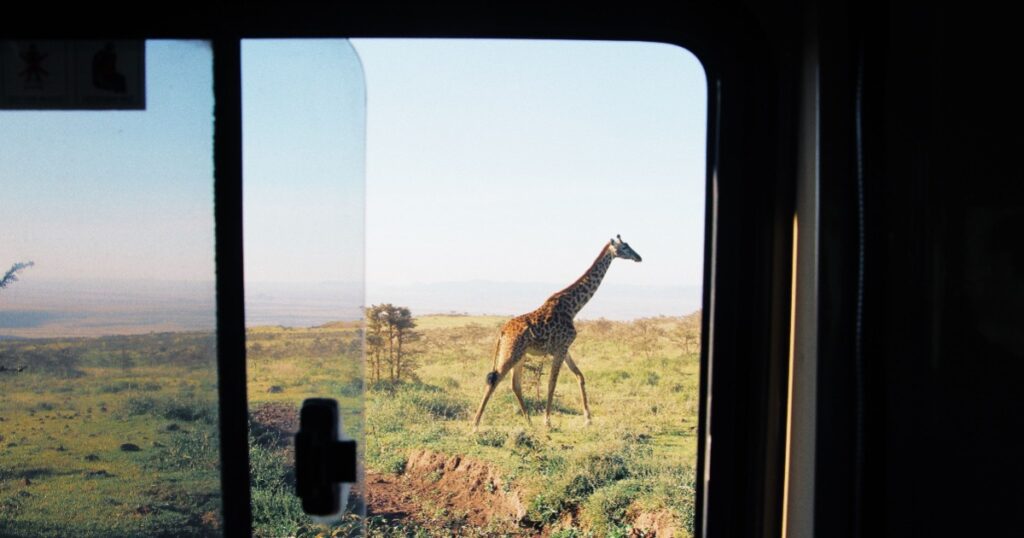
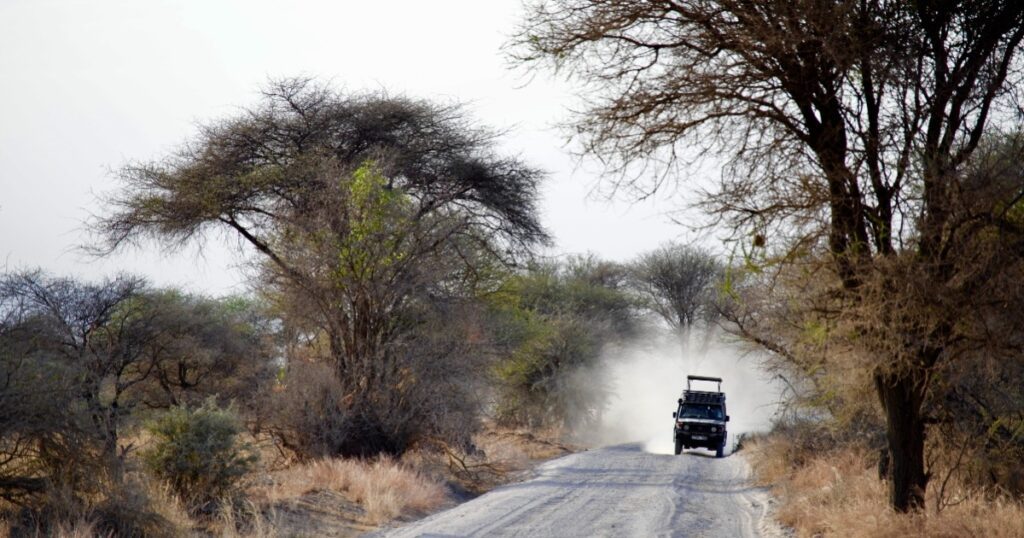
Check out safaris to book here.
May – August: The Peak Of The Dry Season
The months of May to August are the peak of the dry season in Tanzania, and consequently this is one of the best times to visit the country. During these months, visitors can expect arid climates with temperatures ranging from 20-30°C during the day, and dropping down to 12-18°C at night. This makes it an ideal time for activities such as:
- Wildlife watching – Many species prefer drier conditions so you’re more likely to spot them on safari!
- Treks and hikes – Without excessive rainfall or humidity levels, exploring natural landscapes is a breeze!
- Cultural immersion – Visit local villages and experience Tanzanian culture firsthand!
Tanzania also boasts some of Africa’s most iconic national parks during this period including Serengeti National Park and Ngorongoro Conservation Area. With animals congregating around water sources during the dry season, there is no better time than now to get up close with nature’s beauty. Whether you want to explore open savannah grasslands or take part in traditional ceremonies; May through August is your chance to immerse yourself in unforgettable experiences that will last a lifetime.
Interesting to read: Best 5 Tanzania Safari Lodges and Camps
September – October: The Best Time For Beach Vacations
The best time for beach vacations in Tanzania is between September and October. These months offer beautiful weather, with temperatures ranging from a comfortable low of 20°C (68°F) to a pleasant high of 30°C (86°F). This makes it the ideal climate for exploring all that the country’s beaches have to offer: swimming, diving, snorkeling, sunbathing and other activities. With perfect conditions for outdoor recreation, visitors can enjoy these activities while taking advantage of the numerous beach resorts around the coast.
When visiting one of Tanzania’s many beaches tourists should take extra precautions to ensure their safety. Generally speaking, Tanzanian waters are safe but there may be strong currents or other dangerous marine life present at any given time. Swimmers should heed warnings posted by local authorities about specific areas and seek advice on when and where it is safe to swim. In addition to physical safety concerns, travelers should also take steps not to leave valuables unattended or exposed on public beaches as this can lead to theft or loss.
Beach fashion in Tanzania ranges from traditional African attire such as boubous and kaftans to more modern western-style clothing such as shorts and tank tops. Whatever style they choose however, vacationers should remember that appropriate dress must always be worn in public places out of respect for local customs and traditions. Additionally some resorts require guests adhere to certain standards of dress code so travelers should familiarize themselves with those rules before arrival. Similarly beach food options vary from traditional dishes like ugali or wali wa nazi along with international cuisine such as fish & chips or pizza available at select restaurants near popular tourist spots.
No matter what type of experience you’re looking for during your visit there are plenty of ways explore the unique beauty found throughout Tanzania’s stunning coastline. From exciting water sports activities, fashionable dress codes and delicious dining options – there is something special awaiting everyone who visits this wonderful destination!
November – December: The Start Of The Wet Season
November to December marks the start of Tanzania’s wet season. This time is a great opportunity for travelers looking for more affordable prices, less crowded destinations and wildlife spotting opportunities. The climate conditions during this period are humid with occasional rain showers which can be a welcome relief from the heat of the dry season in Tanzania. Accommodation options vary from luxurious resorts to budget-friendly hostels, depending on what type of experience you prefer.
For those wanting to get an authentic cultural experience, there will still be plenty of traditional festivities taking place across the country despite it being rainy season. Many villages come alive with music and dance as people celebrate their harvest or mark special occasions such as weddings or funerals.
The wet season also provides ideal birdwatching opportunities due to large flocks migrating through the region at this time. It is possible to spot over 500 species of birds within the national parks alone so don’t forget your binoculars! Moreover, visitors may encounter wild animals that have moved away from areas affected by drought and become attracted to water sources created by heavy rains.
January: The Start Of The Great Migration
November and December mark the start of Tanzania’s wet season, as well as cooler temperatures. Despite this, many people still flock to Tanzania during these months for its unique wildlife experiences that cannot be found anywhere else in the world.
January marks the beginning of what is known as The Great Migration, an event where millions of wildebeest migrate across Serengeti National Park and Maasai Mara. This is a sight not-to-be missed by any traveler looking to explore Tanzanian nature at its finest. Additionally, visitors can also experience diverse cultural experiences, explore historical sites such as Olduvai Gorge or Kilwa Kisiwani ruins, visit natural wonders like Ngorongoro Crater and Mount Meru, or taste local cuisine from around the country.
Tanzania offers something special for everyone looking to visit in 2023 and 2024 no matter their interests – whether they are visiting for the first time or returning after years away. With so much on offer it is easy to see why it continues to draw travelers back year after year with new adventures waiting just around every corner.
Also read: Common phrases in Tanzania
February: The Calving Season Is In Full Swing
February in Tanzania is the perfect time for visitors to experience a wide range of activities. From birdwatching and wildlife photography, to cultural tours, game drives, and mountain trekking, there are plenty of opportunities that will provide unforgettable memories.
The calving season for wildebeest begins at the start of February and lasts until mid-May, making this an ideal time for safaris and viewing the Great Migration. The plains surrounding Serengeti National Park become crowded with herbivores such as zebras, Thomson’s gazelles, elands, coke’s hartebeests, impalas, waterbucks and many more. This makes it relatively easy to observe predators like lions or cheetahs which rely heavily on these ungulates as prey during this period.
Tanzania offers unique experiences from other parts of Africa due its diverse cultures and landscapes that will captivate any visitor looking for adventure:
- Enjoy long days out on guided nature walks exploring diverse ecosystems;
- Take part in exciting open vehicle game drives in search of large mammals;
- Tour vibrant local markets where visitors can learn about the culture through traditional cuisines or crafts;
- Climb majestic mountains such as Mount Kilimanjaro or Meru;
- Visit Ngorongoro Crater – one of the world’s largest intact volcanic caldera teeming with African wildlife.
From witnessing the grandeur of wild animals roaming freely across savannas to having up close encounters with some of Africa’s oldest tribes – visiting Tanzania in 2023 and 2024 promises a memorable journey that you won’t forget.
March: The Start Of The Long Rains
March is an ideal month for tourists to visit Tanzania because of the cultural significance and natural beauty it holds. The start of the long rains marks a season of serene landscapes that are perfect for bird watching, as well as witnessing the effects climate change has had on certain regions in Tanzania. Health precautions should be taken into account when planning a trip during this time due to potential hazards, such as mosquitos carrying malaria or dengue fever.
The great thing about visiting Tanzania in March is that it’s still considered low-season by most tourist standards, so budget tips can come in handy. There may be discounts available from hotels and local tour companies throughout major cities like Arusha and Dar es Salaam which could result in significant savings. It’s always important to plan ahead though, especially when travelling to different countries where language barriers may exist.
In addition to making sure all necessary documents have been acquired prior to arrival, travelers should also consider purchasing travel insurance before embarking on their journey. This will help ensure any unforeseen events do not ruin what would otherwise be an unforgettable experience in one of Africa’s hidden gems — Tanzania!
April: The End Of The Long Rains
April in Tanzania is the end of the long-awaited rainy season and a new beginning for visitors. During this time, the weather can be unpredictable with cloudy days and sporadic showers. Although April may not have the clearest skies or warmest temperatures, it offers many advantages to those who are looking for an unforgettable experience. The country’s diverse flora is especially vibrant during this month, creating stunning landscapes that make up some of Africa’s most spectacular wildlife habitats. Moreover, its cultural aspects add further depth to any trip, from learning about Tanzanian history to experiencing local cuisine. From being immersed in nature to discovering unique culture, April presents numerous opportunities for travelers seeking something extraordinary.
May: The End Of The Migratory Season
Spring is a great time to visit Tanzania in 2023 and 2024, as the end of the migratory season brings with it many benefits. The climate impacts tend to be mild, making for comfortable temperatures and ideal conditions for travel safety. Wildlife availability is high during this period, offering visitors an exciting array of viewing opportunities:
- Lions can be seen stalking their prey across vast savannahs
- Elephants roam freely through lush grasslands
- Hippos cool off in tranquil waters
Accommodation choices are abundant during this time – from luxury lodges perched atop rolling hillsides, to rustic campsites tucked away among dense jungle foliage – allowing travelers to find the perfect place that suits their needs. Cultural experiences abound too, giving those interested a chance to immerse themselves in local customs or learn more about Tanzanian history and traditions. With so much on offer at the end of the migratory season, now is certainly one of the best times to experience all that Tanzania has to offer.
June – October: The Best Time For Visiting The Serengeti
June through October is the best time for visiting Tanzania. Wildlife spotting opportunities are at their peak in this period, with guided tours of the Serengeti offering a chance to observe some of Africa’s most iconic animals. For budget travelers there are plenty of options available, including camping and volunteer programs that offer an immersive cultural experience while keeping costs low. During high season, prices tend to rise as availability drops so it is important to book early in order to get the best deals.
The months from July through September bring about the Great Migration when millions of wildebeest traverse the plains of The Serengeti in search of greener pastures. It is during this time that safari lodges fill up quickly, making June and October ideal times to visit if you want fewer crowds but still have access to great wildlife spotting opportunities. Many tour operators also run special offers during these months which can be advantageous for those on a tight budget looking for a memorable adventure.
Tanzania has something for everyone regardless of their travel style or budget – from luxury accommodation to rustic camping and everything in between. A trip here will open your eyes not only to its spectacular natural beauty but also its incredible culture and history, both of which ensure an unforgettable vacation. Whether going solo or partaking in one of many guided tours, visitors should strive to make ethical choices that benefit local communities and protect this amazing destination for future generations.
Frequently Asked Questions
When considering the cost of flights to Tanzania, there are a variety of additional costs for travelers such as safari costs, local transport, national park fees, and vaccinations needed. Additionally, language barriers can add an extra layer of complexity when traveling in this part of Africa. Fortunately, with some research and planning ahead it is possible to find great deals on flights to Tanzania. This will help minimize overall travel costs while still allowing travelers to experience the beauty that this country has to offer without breaking the budget.
When traveling to Tanzania, there are a number of ways to get around the country. Camping is an option for those looking to experience nature and wildlife viewing while avoiding language barriers. However, it is important to be prepared with appropriate camping gear and supplies, as well as take necessary precautions such as malaria prevention. Public transportation can also be used depending on the area; however, travelers must remember that driving in some parts of Tanzania may require extra caution due to poor road conditions. Currency exchange facilities are available in major cities which allow tourists to convert their currency into local Tanzanian shillings if needed. In conclusion, each traveler should assess their needs and choose the best way of getting around Tanzania that suits them best.
Tanzania is a popular destination for travelers due to the wide variety of activities available. From safaris and beach resorts, to local cuisine and wildlife viewing, visitors can experience something unique no matter their interests. Trekking tours are also very popular in Tanzania, as they provide a chance to explore some of the country’s beautiful landscapes while learning more about the culture and history. Additionally, there are many opportunities to interact with locals by attending cultural festivals or participating in traditional cooking classes. By engaging in these types of activities, visitors have the opportunity to gain an understanding of Tanzanian life that cannot be found anywhere else.
Visiting Tanzania can be a rewarding experience, offering visitors the chance to explore safari tours, local cuisine, wildlife reserves and more. Vaccinations are required for entry into the country in order to protect against certain infectious diseases that may exist in tropical climates. Visitors should take climate considerations into account when planning their visit as well as any language barriers they may encounter while traveling around the area. It is important to research which vaccinations are necessary before visiting so travelers can plan accordingly and remain safe during their time in Tanzania.
Tanzania is a vibrant country with many cultural festivals that should not be overlooked. One of the most popular events in Tanzania is the Zanzibar International Film Festival, which showcases films from around Africa and the world. Other notable traditional customs include Swahili weddings, where brides are adorned in colorful clothing and jewelry; the Hadzabe tribespeople’s hunting rituals; and Maasai dances accompanied by hypnotic music. Visitors to Tanzania should also consider climate considerations when making their travel plans as well as local cuisine, accommodation options, and safari tours.
Conclusion
Traveling to Tanzania in 2023 or 2024 is an excellent way to explore this beautiful African country. With a variety of activities and attractions, visitors are sure to have a wonderful experience. The cost of flights to Tanzania varies depending on the time of year, but can generally be found at reasonable prices. Once there, navigating around the country is easy as there are multiple transport options available ranging from private cars to buses and trains. There are plenty of exciting things for tourists to do including safari tours, visits to national parks, scuba diving excursions, hot air balloon rides and more. It is also important for travelers to ensure they have all necessary vaccinations before arriving in order to remain safe during their stay. Finally, those visiting should not miss out on participating in one of Tanzania’s many cultural festivals such as the Zanzibar International Film Festival or Sauti za Busara Music Festival. All-in-all, both 2023 and 2024 offer great opportunities for travelers looking for an unforgettable vacation getaway in Africa’s hidden gem -Tanzania!

